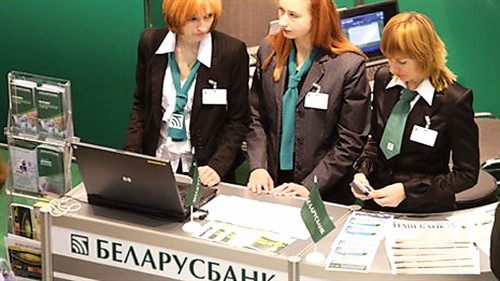
Banks ready for inflow of depositors
People are now selling back foreign currency purchased in January and February, and have begun once more saving in local Roubles. In order to strengthen belief in the national currency, the major banks opened guaranteed local Rouble savings deposits last December, protecting against fluctuations in rates of exchange. This warned investors against panic and allowed financial institutions to keep their deposit portfolios, resulting in fixed deposits of almost Br1.3 billion in January. The trend slowed in February but surged to almost Br2.8 trillion in March (despite interest rates being reduced from 47 percent annual interest in February to 45 percent in March). The Dean of the Economics Faculty at BSU, Professor Mikhail Kovalev, explains that the public clearly have trust in their national currency’s stability. Fewer imports and, as a consequence, a more favourable trade balance have strengthened the local Rouble on the international market. “People have weighed up the situation and understand that it’s more profitable to keep their money in Roubles at present,” he notes. “Moreover, this indicates that the situation should continue to stabilise.”
Only time will show whether the enthusiasm of depositors will remain through April but deposit rates continue to fall. Banks still offer the most ‘lucrative’ deposit rates, at 40-41 percent per annum, against an average of 35 percent.
By Galina Konovalova











